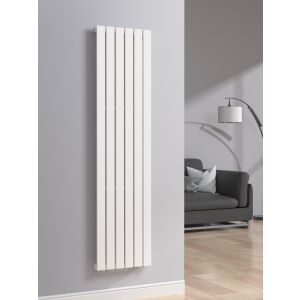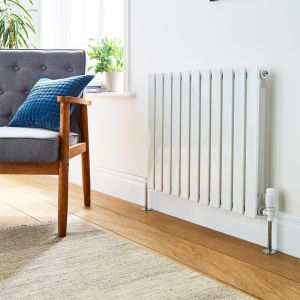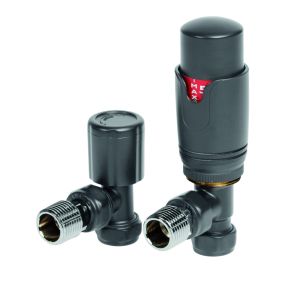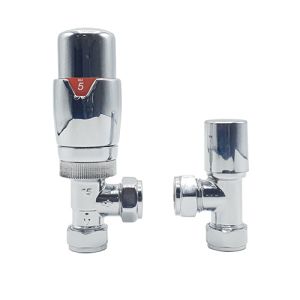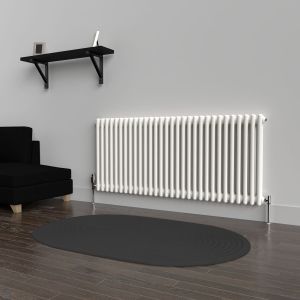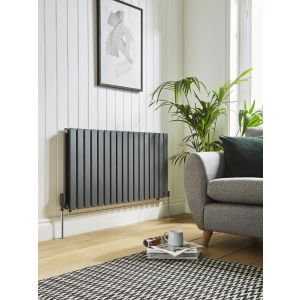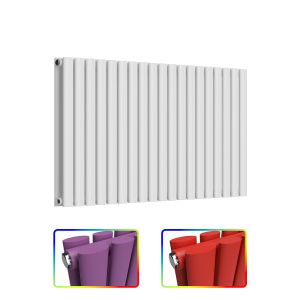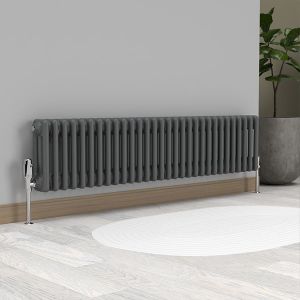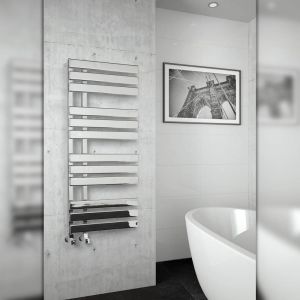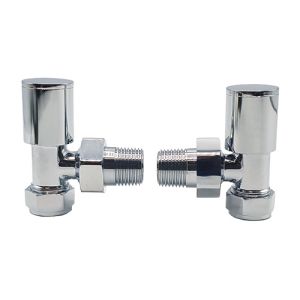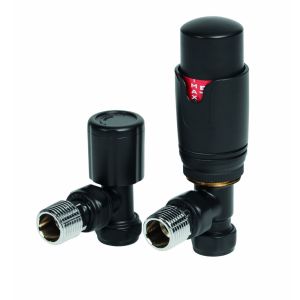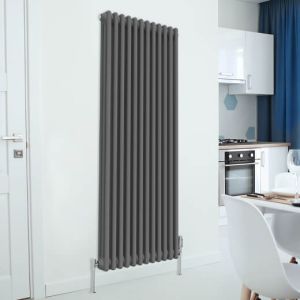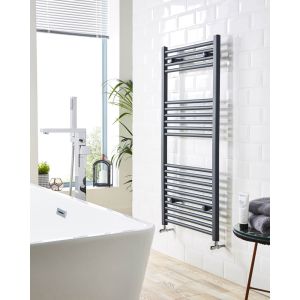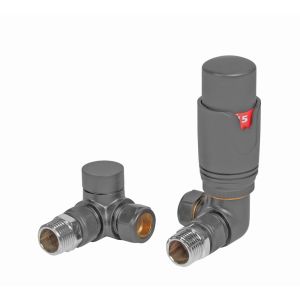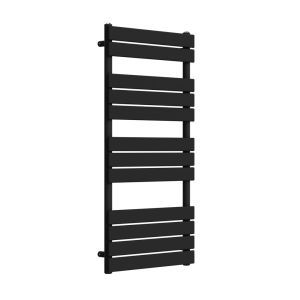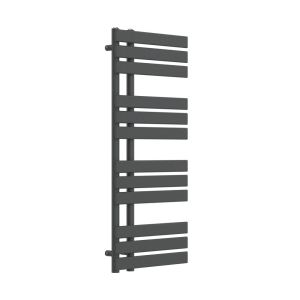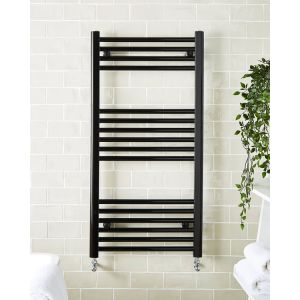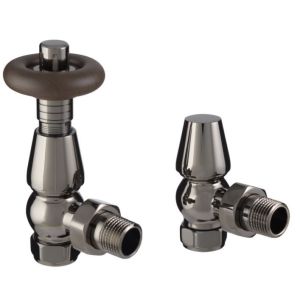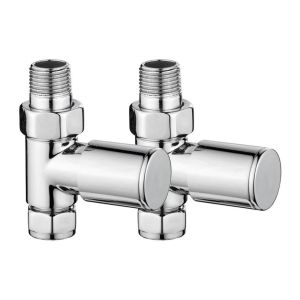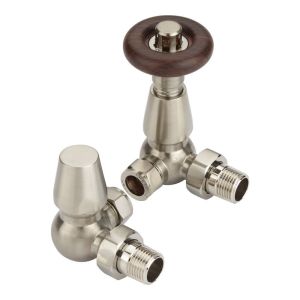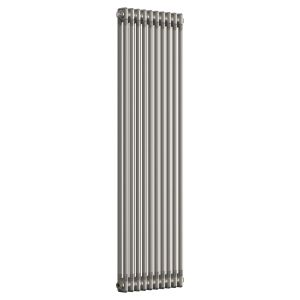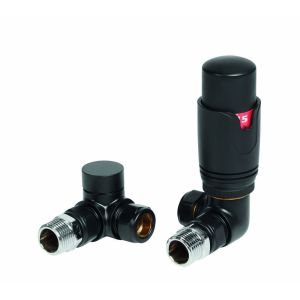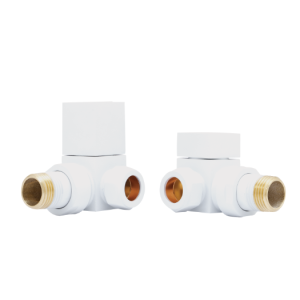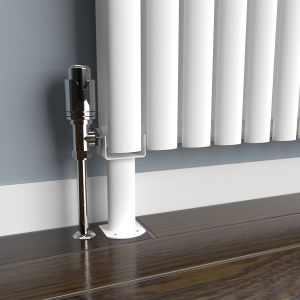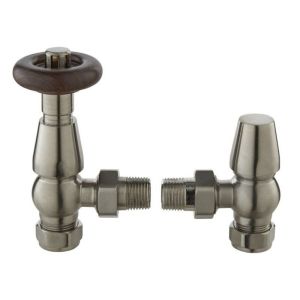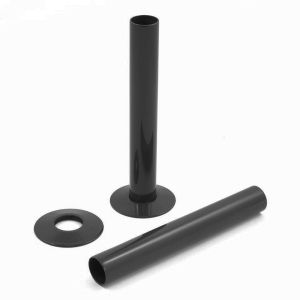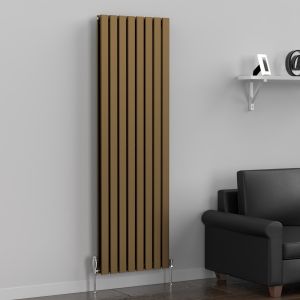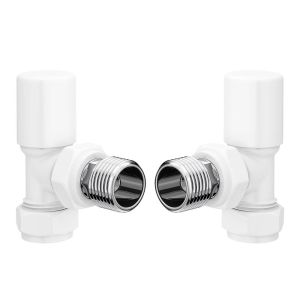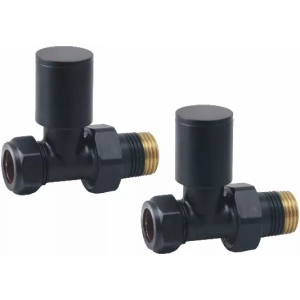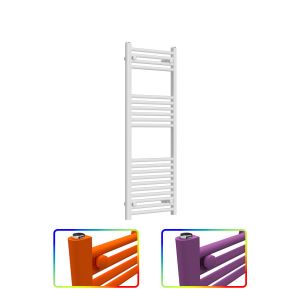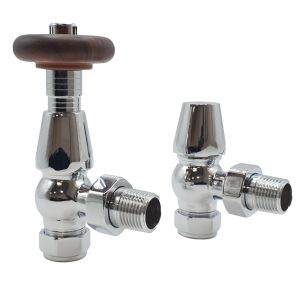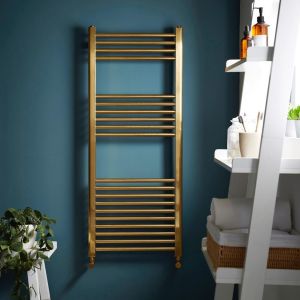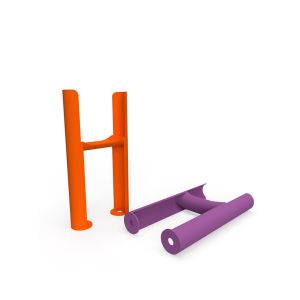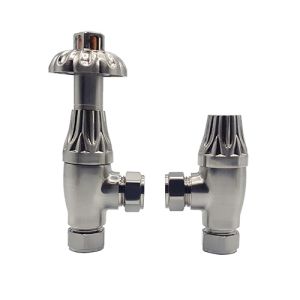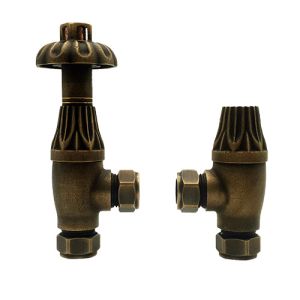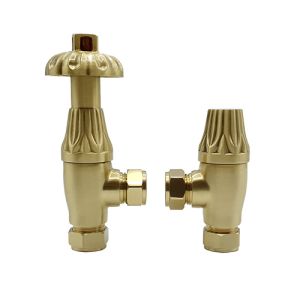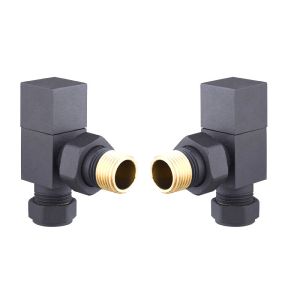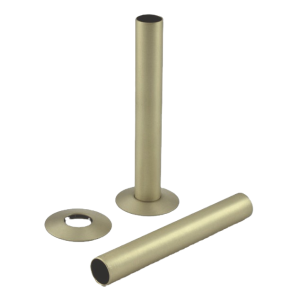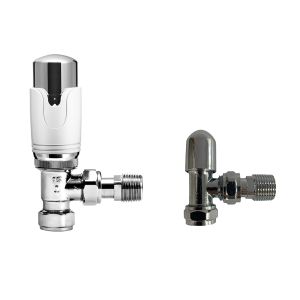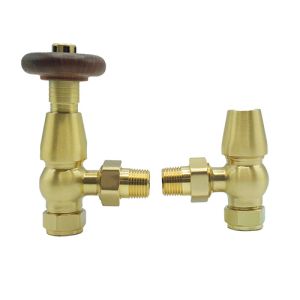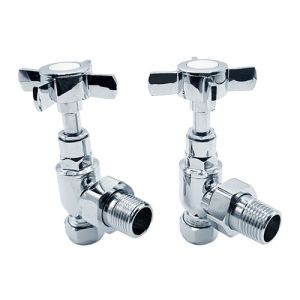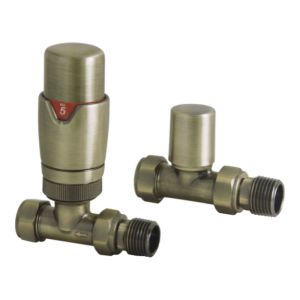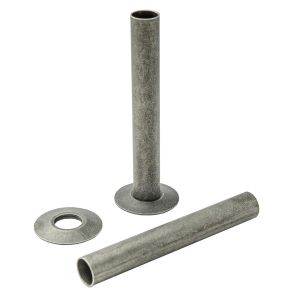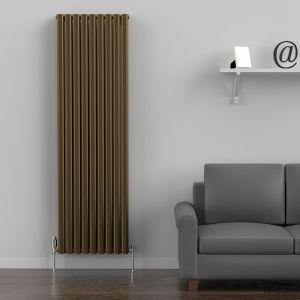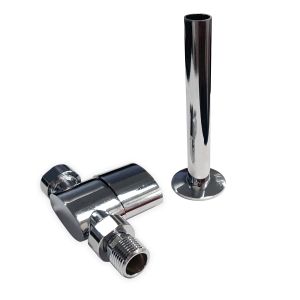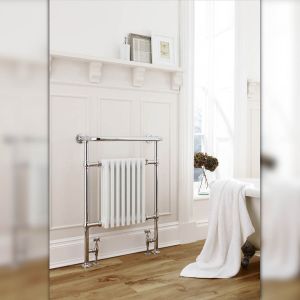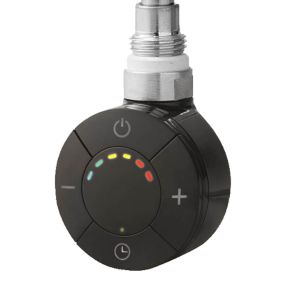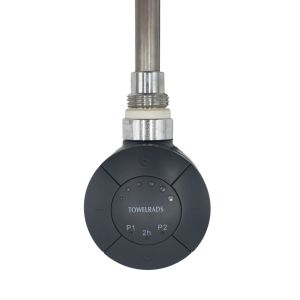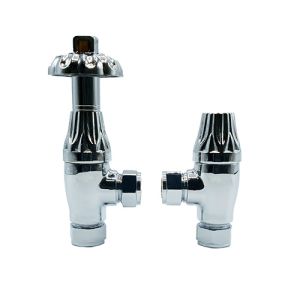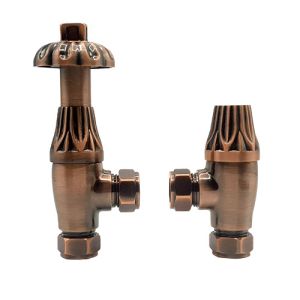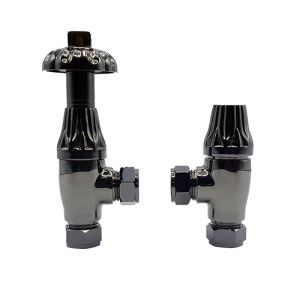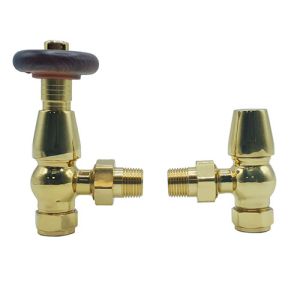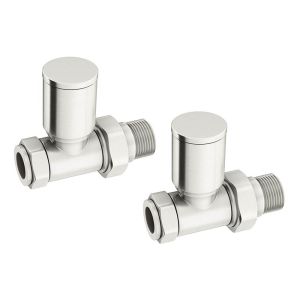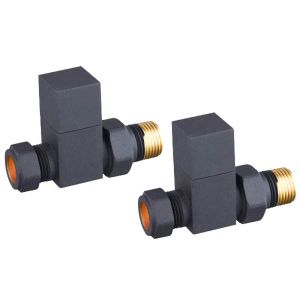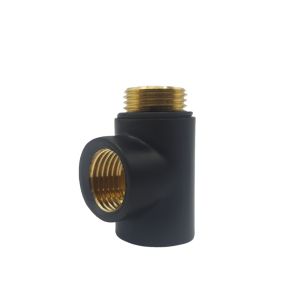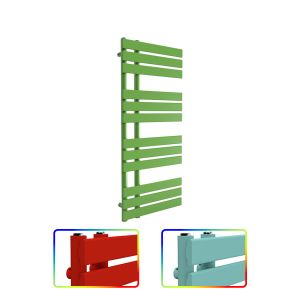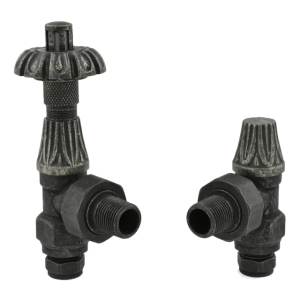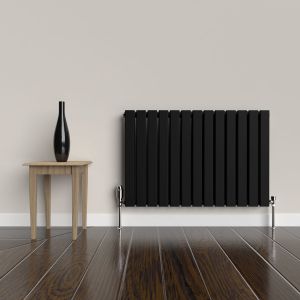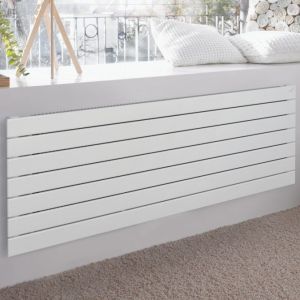If you’ve been to our website Designer Radiators Direct, you’ll know that radiator designs can come in all shapes and sizes. And whilst we focus on making yours fit in with your home through tailoring them to your needs, we are also aware that not all radiators have the privilege of being as good-looking as ours. That’s where Radiator covers come in. For those who can’t afford or don’t have the space or time for a full refitting, one of the only options on offer as an alternative is to invest in a radiator cover. These can usually be found for fairly cheap and from many retailers.

But are they Worth it?
This is the question we’ll be asking throughout this article, exploring the pros and cons and various reasons why you may want to huddle up to or steer clear of the radiator cover. We all have our own tastes and needs, as well as having our own individual radiators in their own unique styles, and this means that there are plenty of factors to think about when you’re considering buying a cover for radiators such as an Electric Towel Radiator (which would be silly, where would you put the towels if the radiator’s covered?!)
Different Brands
Before we talk about whether they’re worth investing in or not, let’s explore what there is on offer in the radiator cover world.
Forest Radiator Cover Cabinet
Amazon has released a stylish white-coloured radiator cover which incorporates a diamond patterned grill, meaning that it can blend into any home as a console unit in any room or hallway. Even more functional, it also has its own in-built skirting board and can cover a number of sizes.
Unfinished MDF Radiator Cover
Medium Density Fiberboard is made by blending hard and soft wood fibre and adding a number of other elements to create a malleable panel which is denser than plywood. This aesthetically stunning yet refreshingly simple Radiator cover is a great budget option due to the fact that it is unfinished, giving you the freedom to paint and prime the cabinet yourself. The double-panelled grille adds another burst of character.
Victorian-style Adjustable and Unfinished Budget Radiator Cover
Suitable for mounting on walls as well as being a great flat panel radiator, this beautiful radiator cover is made with a three-panelled grille and comes un-primed so that you can match your interior design with it. This radiator also comes with a large ledge so that it can be used as a surface for photos and books, with an easy fitting guaranteed.
CASA Moroccan Radiator Covers and Console Tables
Although this radiator cover is slightly more expensive, the fact that it doubles up as a console table means that it can be a great attribute to your living space with it’s in fashion Moroccan design. The pattern on the grille is incredibly intricate and the fact that it is made from laser-cut zinc and finished with a whiter satin sheen only adds to the allure.
What’s the Science Behind Radiator Heat?
One question which I’m sure is on all of our minds is how exactly does a radiator heat up a room? Generally, there are three ways in which heat is splayed out into an open area.
Radiating Heat
This heat is the one that provides the most comfortable due to the fact that it is the kind of heat that comes from the sun. The proof is in the name; as a source of “radiation”, the rays travel in straight lines and only turn to heat when they come into contact with a surface such as your body.
Convection
Convection occurs when the air is heated and begins to expand. The scientific motion of heat rising is part of convection, being displaced by cooler air which spreads the heat through the room or area. This means that the more powerful your radiator, the more warmth will be diffused around the room.
Conducting Heat
Have you ever heated up a source pan and tried to pick it up by the metal handle, only to find it is burning hot? This is due to conducted heat. In this process, the heat travels through solid objects such as metal and heats up the object. This is why you get soft tarmac on long sun-soaked roads, the tarmac beginning to soften as it conducts the heat in the air.
So What are Radiators' Methods of Heating?
It is widely accepted by institutions such as the Building Service Engineers and the Institute of Domestic Heating and Environmental Engineers, that heating in radiators is down to the materials are made of being heat conductors. The heat travels through the conducting metal and then, through convection, heats the area around the radiator. This is simple when you think about it, but then begs the question, would a radiator cover hinder the capacity of the radiator to heat up a room?
Why
So before we look at the negatives of radiator covers, let’s explore a few of the reasons why people might actually want to invest in one.
Radiators First
Radiators, although created to be sturdy and long-lasting, can break if manhandled. If you’re living in an environment with children who are prone to mischief, then it may be a good idea to invest in a radiator cover so as to stop them breaking the piping or from damaging the structure themselves. This can lead to further damage of the radiator as well as hurting the children if they were to say, bang their head on it or try to stand on it. The valves and piping on radiators can be quite vulnerable to damage, especially with pieces that can be taken off such as the valve head or the grill on the top of the radiator.
Children First
Of course, it is not only the children that can do damage to the radiator but the radiator that can damage the children. Not only children but all ages of heater-owning humans. The problem, especially with children is that staying near a burning hot radiator with sensitive skin for too long can lead to severe burns. Many people have found themselves rushing to A and E after Radiator-related incidents. One thing to watch out for, especially at parties or bars is that people who have drunk too much alcohol will find their senses numbed.
A Few years back, a friend found himself with a nasty surprise when he dozed off next to a Hudson Reed Revive Compact Radiator after a heavy night. He woke up with severe burns up his back and spent a few weeks with moisturising lotion and a painful burn which has scarred to this day. On top of this, Chilblains can occur on your extremities if you have moved from intense cold to intense heat too quickly. These are itchy swellings on the skin which can be uncomfortable and itchy. Although these are usually very temporary, they do have the risk of becoming infected, leading to further complications that could require you to need a doctor. If you have sensitive skin, therefore, it may be worth looking into buying a radiator cover.
Noise
Some people may find that their radiators emit a lot of noise, clunking and whooshing noises emanating from within the radiator itself. Although this could sometimes mean that your radiator needs to be repaired, especially if the noise is being projected from the pipes in your home's central heating system, usually it can be muted by investing in a radiator cover. These are often made of materials such as wood, stone or metal, all of which will give your radiator some noise reduction whilst allowing it to radiate heat into your room, the primary function of the piece of the kit itself. For more information and solutions, check out our blog on why your radiator is making noise.
Aesthetic Choices
The radiator you have might be quite ugly. This is why many radiator covers are actually very intricately designed, as people want to hide the radiator beneath. This could be due to the fact that the owner may not be able to afford a new, better-looking model or simply because the radiator cover is so good looking the customer can’t resist! Another solution to make your radiator more appealing is to paint it. However, this can be a bit tricky. Check out our blog for a detailed guide on how to paint your radiators.
The Negatives
Of course, there are reasons why people may disagree with the very concept of a radiator cover. Here are a few reasons.
It stops heat getting through
As explained above, radiators work as conductors and disperse their heat through convection. If you have a radiator cover that is not a good conductor, such as wood, you may actually be losing heat in your house and wasting money and energy through having your central heating on.
Truth be Told
Many radiator cover companies will claim that their products actually push heat out through the pockets between the radiator and its cover. These covers effectively act as a catapult for the heat they say. Most experts say the contrary, however. If your radiator cover has a solid top then you may be losing heat, it is absorbed by the top of the cover.
At the End of the Day
If you’re investing in a radiator cover, it should be for safety or aesthetic reasons. You will be losing heat through the cover but will be keeping your family safe.
Check out our huge range of safe and efficient designer radiators.













